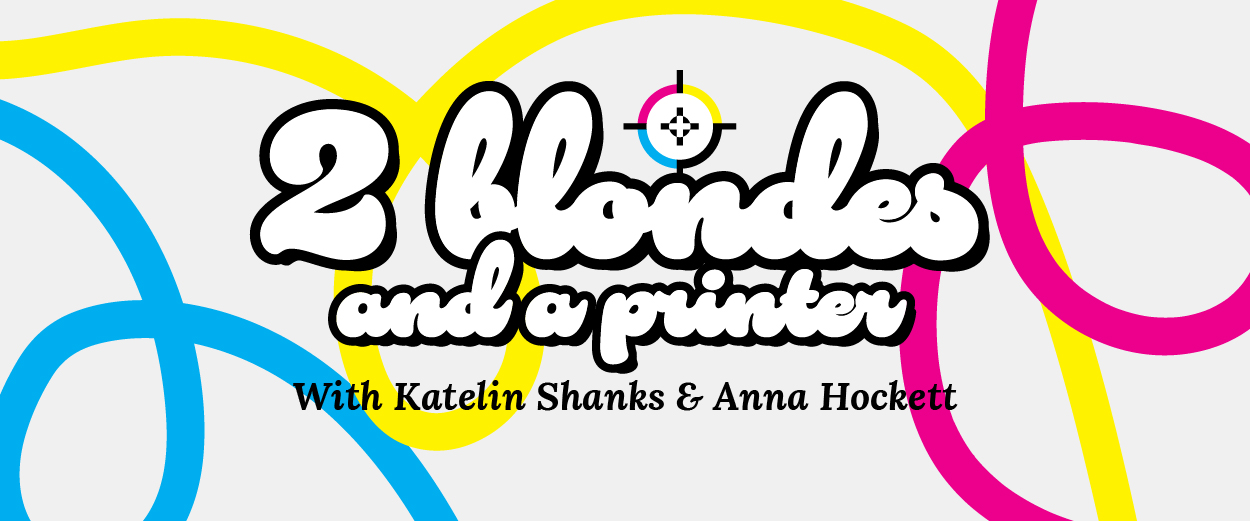Customer communication planning and execution today are considerably more complicated than practices in the recent past. In addition to the document integrity tasks of yesteryear, professional print/mail providers now juggle multiple digital channels, responsive design, customer preferences, 360-degree customer views, artificial intelligence, and triggered communications.
Historically, print/mail departments invested in point solutions to handle each new requirement as it developed. As a result, they now struggle with complex workflows, interdependent processes and, usually, a healthy supply of manual intervention.
Today, we will discuss how document management is a continually developing environment. Companies can no longer achieve their business objectives without workflow platforms to bring all processes under a central point of control and deployment.
ADF to CCM to CXM
Document production and management systems have been around since print operators first used a computer to produce output. As printing equipment got faster, operational requirements necessitated optimizing the management and control of print and mail workflows. In the mid-1990s, Gartner Research created the term Automated Document Factory (ADF) to describe the hardware, software, and processes needed to develop and deliver high-volume documents.1 Gartner later updated the description of ADF 2.0 to include document design, content integration, and response management.
Gartner and Forrester began publishing reports using the description Customer Communications Management (CCM) in 2009. Gartner defines CCM as the “strategy to improve the creation, delivery, storage and retrieval of outbound communications, including those for marketing, new product introductions, renewal notifications, claims correspondence and documentation, and bill and payment notifications.”2 Thus began the era of CCM in document management.
Today, even the wide reach of the CCM definition isn’t enough. Businesses have realized that customer experience is critically important to differentiate a company from its competitors. Customer experience must be managed—therefore, Customer Experience Management (CXM) has become the new objective. CXM includes all the elements of CCM, as documents delivered in any channel or format play a big role in how customers evaluate their experience with an organization. The connection between corporate documents and customer experience was highlighted in IDC’s Customer Communications Management survey. Improving CX was a top CCM business goal identified by survey respondents in 2020.
Evolution Revolution
The print/mail evolution from ADF to CCM and CXM transcends simply delivering printed or digital communications to customers. The paradigm changed. The customer is now centric on the interaction, not the document. Contemporary business strategies build on the initial communications management methods to incorporate all aspects of the customer, from onboarding to journey mapping, experience, and retention strategies. Not only has the number of touchpoints increased, but organizations had to upgrade their systems to improve immediacy and relevance.
Customer Communication and Document Management Today
CCM automation is no longer a trend. It is a common practice for operations. To remain competitive, print/mail providers should seek workflow automation solutions for their CCM environment. Several factors fuel the move towards automated production workflows.
- The aging and dissipating workforce make automation necessary for long-term survival.
- Data arrives at an unprecedented rate and is rarely in a perfectly compatible format.
- Human intervention to fix production workflow interruptions is slow and costly.
- Constant demands for improved customer communications demand production workflow flexibility.
For marketing campaigns, performance improvements involve personalizing content and product offerings. By connecting to CRM systems and other data resources, triggers such as geography, date of last purchase, and purchasing behavior allow document composition systems to incorporate personalized content into printed documents or electronic communications. This content is made relevant to each recipient, increasing engagement and response.
Print is competing with and, at the same time complementing, electronic communications. Production managers must bring workflow under centralized control to decrease costs and manage all the moving parts, print and electronic. A document must move systematically from one process to the next with little human intervention.
Artificial Intelligence and Print/Mail Workflow
Artificial Intelligence (AI) uses “machine learning” to gather data continually as it optimizes a CCM job, continuously learning how to do the task better. For example, an AI print application may recommend the most suitable printing process and design based on quantity and product options. It could suggest the best print method based on the design it sees. AI can force an organization to move its document production environment further away from the traditional, and more easily managed, large batch approach.
What’s Next?
It is hard to say what the production floor of a print and mail provider or in-house shop will look like a few years from now. What is certain is that it has evolved from the “good old days” of ADF into a facility focused on full-blown CCM/CXM. The evolution revolution has and will continue to improve the discussions an organization has with its most crucial constituency, its customers.
Racami Can Keep Your Company on Track
The Alchem-e™ platform from Racami is workflow automation software that tracks and advances a print/mail/digital delivery job. Document production is tracked and controlled from when the data arrives as an electronic file until the communications arrive in a mailbox or they are ready for customer retrieval. The Alchem-e dashboard provides access to the production environment by connecting disparate technology vendors’ systems and processes. An Alchem-e integration gives print/mail providers control over automation, throughput, profitability, and risk mitigation.



